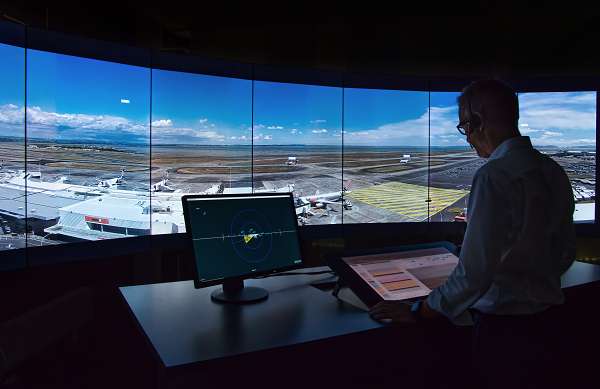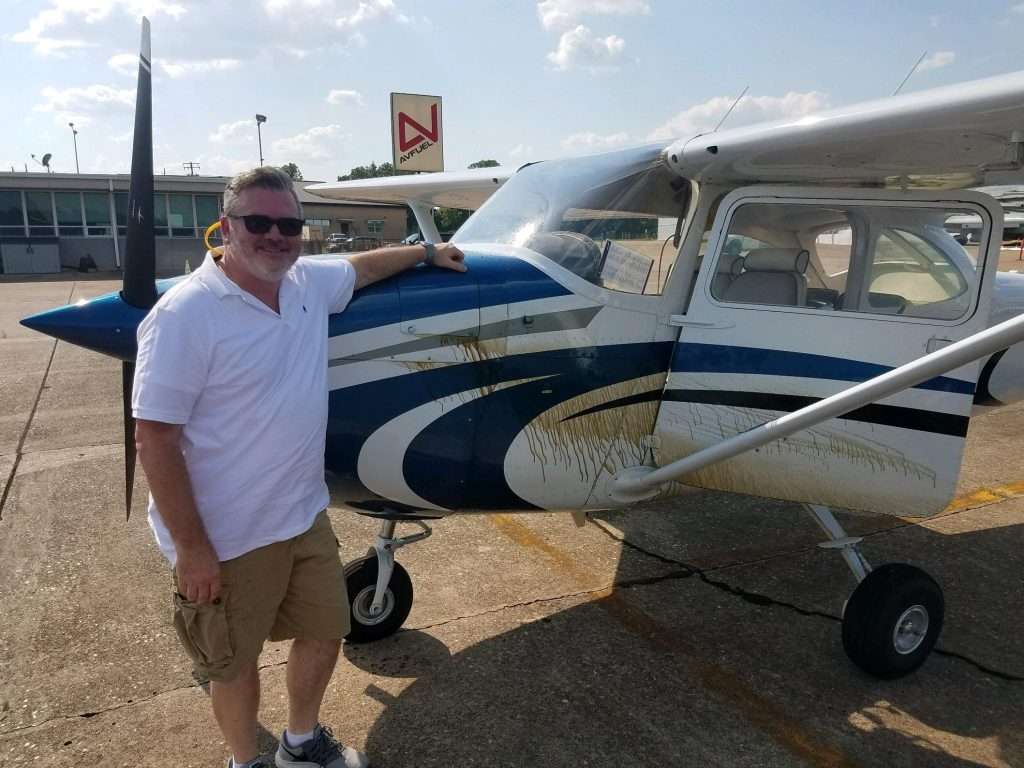ATC Instructions
2023-04-28

History:
This topic is best introduced by the following three examples
-
- A CPL pilot conducting an approach to land with an approaching storm front in the vicinity encounters wind-shear and elects to go-around. He requests the into-wind runway and positions for another approach, only to find that the wind has shifted. Once again, he is making an attempt to land in adverse conditions with a estimated crosswind component in excess of both his own and the aircraft limitations. Electing to conduct another go around he was confronted by ATC who, in the middle of the go-around, wanted to know who the pilot in command was. The pilot ignored the question and got on with flying the aircraft managing to land on the third attempt.
- During Instrument Recurrent training a pilot was established on the ILS for runway 05 at FVHA in cloud and out of site of the ground. Prior to passing the outer-marker he was instructed to “Break off the approach to the left immediately and position to the North of the field due departing traffic”. At this point the aircraft was below MSA, still in cloud and not visual with the ground. The ATC controller was not radar equipped and had no way of ascertaining the aircraft’s exact position or altitude. The pilot responded “Unable”, continued the approach and, on breaking cloud, informed the controller that he was now clear of cloud and was breaking of the approach and proceeding VMC back to FVCP.
- A CPL pilot conducting a flapless approach during a flight test was instructed to tighten his circuit and position number one. He immediately turned base and commenced his descent from circuit altitude cutting short his downwind checks. Turning final he realised he was too high and too fast – the result was a touch down half way down the runway and, if it were not for a good set of brakes, he would have gone off the other end.
In the first two examples the pilots were able prioritise their tasks correctly and disregarded the ATC requests and instructions on the basis that they were both unsafe and procedurally incorrect. In the third example the pilot, in his eagerness to follow the controllers instructions, disregarded procedure by omitting his checks and ended up putting himself under undue pressure. On realising he was high and fast he should have elected to go-around, but to save face pressed on with the approach, resulting in a near over-run of the runway.
Safety Risk:
The tendency of some controllers to exercise positive control over aircraft without the means of ascertaining position and altitude, or to put a lower priority on particular types of traffic, results in pilots getting instructions that if followed will put the safety of the aircraft at risk. The uncertainty these instructions bring to the cockpit put the pilot under stress and greatly increase the workload often resulting in the pilot focusing on the ATC instructions and disregarding all other aspects of the flight.
Solution:
Pilots should validate ATC instructions and question them if they are deemed to be unexpected or unusual. The following pointers are offered to assist pilots in ascertaining the quality of ATC instruction they receive.
-
-
- Proper preflight preparation will allow the pilot to determine what type of ATC services and instructions he can expect in a particular controlled airspace. Armed with this knowledge he is well place to pickup and question any instruction that is not in line with the airspace been flown in. It will also mean that if controller validation or training is scheduled you will be that much more vigilant.
- The main function of ATC is to ensure the smooth flow of traffic and provide assistance to aircrew. Any instruction or communication that a pilot deems as not meet these objectives should be questioned or disregarded until work load permits questioning. If you can’t comply with an instruction just say “Unable” and get back to flying – remember (ANC) Aviate Navigate Communicate!
- ATC instructions should be according to ICAO standards ie they should be short, unambiguous and use standard phrases. Any time it is felt that a clearance is longer than required or states the obvious the pilot should be aware that controller may not be up to speed and he should pay close attentions to instructions an look out for errors. Rememebr short term memory is 7 items. A clearance like – “Cleared for the left hand circuit runway 06, circuit altitude, after departure a left turn, next call down wind” sounds okay but could be given as “cleared for the circuit O6, downwind next” given:-
- all circuits are published as left hand,
- you cannot turn right and fly a left handed circuit,
- circuits altituded is published as 1000 AGL for piston aircraft.
- Listen out to all radio calls even if they are not for you – they will help you build up a metal picture of what is going on in the airspace around you and if you hear pilots / controllers making incorrect calls or errors in ATC read backs it’s going to give you the heads up to be on the lookout for mistakes that may put you at risk.
-
Remember that the ultimate responsibility for the safety of the aircraft lies with the commander. The controller will get to watch the crash while you’ll get to experience it first hand! When in doubt question!
We are all human and all make mistakes! By reporting safety issues you do not cost anyone their job or licence, but ensure you play you part in acertaining areas of risk within the industry, that, through training and /or policy, can be mitigated making the skies safer for everyone. Speak up! it may be your own life you save!
Do you have any thing you may wish to add? feel free to comment.
-
Quisque aliquet nibh sit amet lectus -
Nulla at metus ultricies, placerat augue -
Curabitur mollis ex vestibulum -
Quisque aliquet nibh sit amet lectus auctor
Tags :
Share :



